34:11 For thus says the Almighty Lord: Behold, I will take care of my sheep and look after them.
34:12 As the shepherd cares for his flock, when he is past his scattered sheep, so I will take care of my sheep and rescue them from all the places where they have been scattered on a cloudy and dark day.
Book of Ezekiel
The “Hidden State” project examines the subjective perception of the state as the possibility of self-realization of the individual, but also the source of its limitations resulting from the functioning of the apparatus of power. What can create a link of trust and cooperation? Everyone has unique competences and can be a decision-maker or advisor on specific topics. Who would you be in a global state?
Pictures reveal a non-obvious personality. Often social functions do not match the well-being of an individual. As a result of this dissonance, internal and external illegality appears. Hidden state, the idea of a dispersed state, brings out the truth of the social roles and relationships being played. The same people start to occupy completely different positions in society. Hidden state is dissonance and tension caused by the desire to be someone else.
According to the theory of the French philosopher Alain Badiou, every situation in the world contains something like a “traveling excess”. Somewhat existing (présenté) in this situation, is inscribed in the mechanism of its functioning but is in no way symbolically represented (représenté). Every situation is silent about something. At some point, this quiet part reveals itself in a completely unpredictable way. Then we are dealing with an event. It may be a social revolution, a change in the scientific paradigm, the birth of a new trend in art or a personal event that modifies the entire past life of the individual. The project “Hidden state” is an attempt to capture this silence before the storm.
A conversation was conducted with each of the models. The topic of the conversation was the state perceived as a distributed network covering everyone who wants to participate in it and realize their dreams and potential together. The main question asked to the photographed person was: who would you like to be in such a state, what position to occupy and why. The talks were conducted in Polish, Russian and English. Links to the Polish translation can be found in QR-codes and here: 1, 2, 3, 4, 5, 6, 7, 8, 9, 10, 11, 12, 13, 14.
34:11 Gdyż tak mówi Wszechmocny Pan: Oto Ja sam zatroszczę się o moje owce i będę ich doglądał.
34:12 Jak pasterz troszczy się o swoją trzodę, gdy jest pośród swoich rozproszonych owiec, tak Ja zatroszczę się o moje owce i wyratuję je z wszystkich miejsc, dokąd zostały rozproszone w dniu chmurnym i mrocznym.
Księga Ezechiela
Projekt „Stan ukryty” bada subiektywne postrzeganie państwa jako możliwości samorealizacji jednostki, ale też źródło jej ograniczeń, wynikających z funkcjonowania aparatu władzy. Czy może tworzyć państwo łącze zaufania i współpracy? Każdy ma unikalne kompetencje i w określonych tematach może być decydentem lub doradcą. Kim Ty byłbyś w globalnym państwie?
Zdjęcia ujawniają osobowość nieoczywistą. Często pełnione funkcje społeczne nie pasują do samopoczucia jednostki. W wyniku tego dysonansu pojawia się nielegalność wewnętrzna i zewnętrzna. Idea rozproszonego państwa wydobywa prawdę z odgrywanych ról społecznych i budowanych relacji. Te same osoby zaczynają zajmować zupełnie inne pozycje w społeczeństwie. Stan ukryty to dysonans i napięcie spowodowane chęcią bycia kimś innym.
Według teorii francuskiego filozofa Alaina Badiou każda sytuacja na świecie zawiera w sobie coś w rodzaju «wędrownego nadmiaru» (więcej na temat teorii wydarzenia Alaina Badiou można dowiedzieć się w artykułe Bartosza Kuźniarza “Pierwszy krok w chmurach: o teorii siedliska wydarzeniowego Alaina Badiou”: http://www.diametros.iphils.uj.edu.pl/index.php/diametros/article/download/529/670). Nieco istniejące (présenté) w tej sytuacji, jest wpisane w mechanizm jej funkcjonowania ale nie jest w żaden sposób symbolicznie reprezentowane (représenté). Każda sytuacja o czymś milczy. W pewnym momencie ta cicha część objawia się w całkowicie nieprzewidywalny sposób. Wtedy mamy do czynienia z wydarzeniem. To może nim być rewolucja społeczna, zmiana naukowego paradygmatu, narodziny nowego nurtu w sztuce lub zdarzenie osobiste, modyfikujące całe przeszłe życie jednostki. Projekt „Stan ukryty” jest próbą uchwycenia tej ciszy przed burzą.
Z każdym z modeli została przeprowadzona rozmowa-wywiad. Tematem rozmowy było państwo postrzegane jako rozproszona sieć obejmująca wszystkich, którzy chcą w nim uczestniczyć i wspólnie realizować swoje marzenia i potencjał. Główne pytanie zadane osobam fotografowanym brzmiało: kim chciałby Pan/Pani być w takim państwie, jakie stanowisko zajmować i dlaczego. Rozmowy prowadzone były w języku polskim, rosyjskim i angielskim. Linki do polskiego tłumaczenia znajdują się w QR-kodach lub tu: 1, 2, 3, 4, 5, 6, 7, 8, 9, 10, 11, 12, 13, 14.
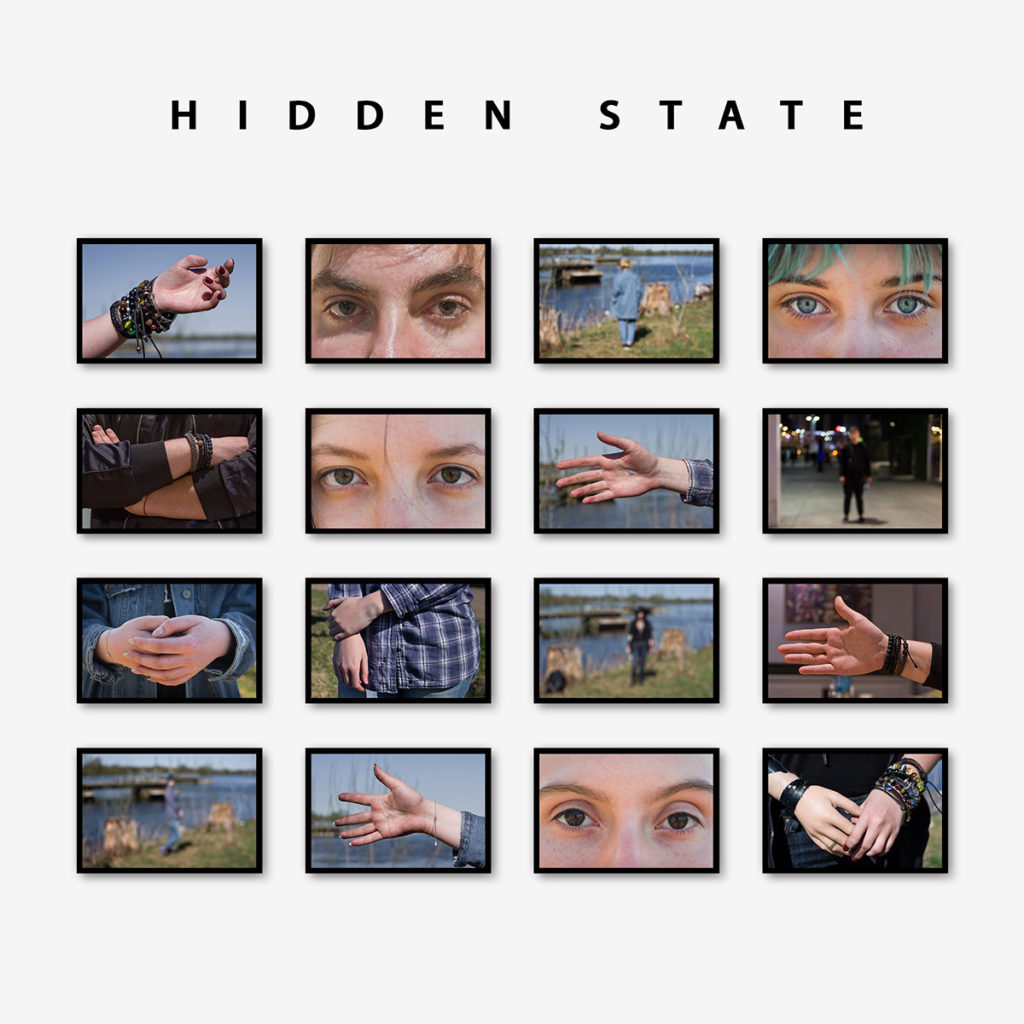
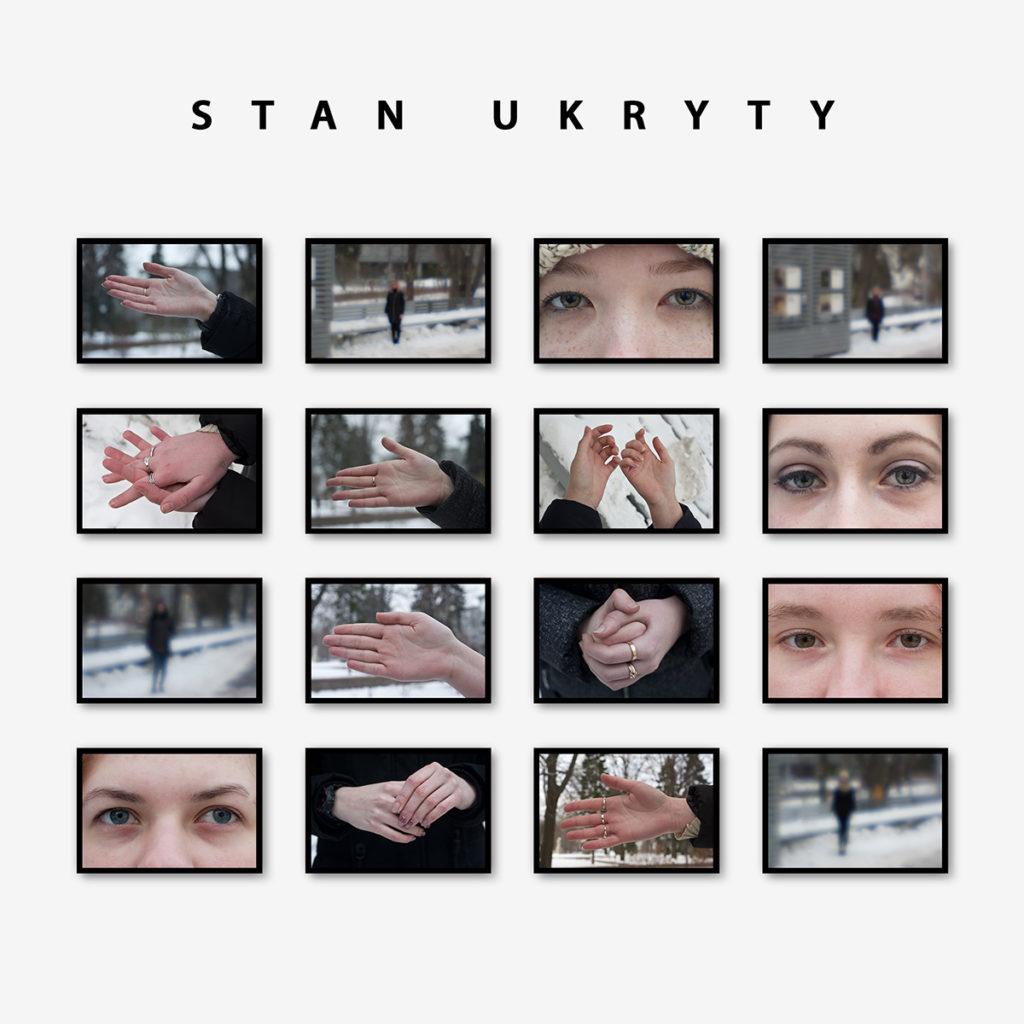

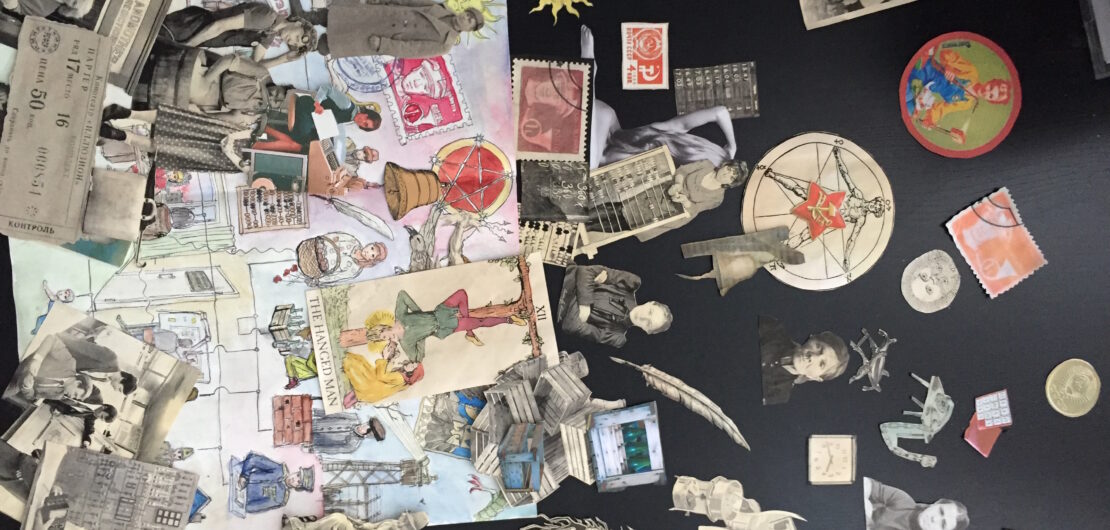
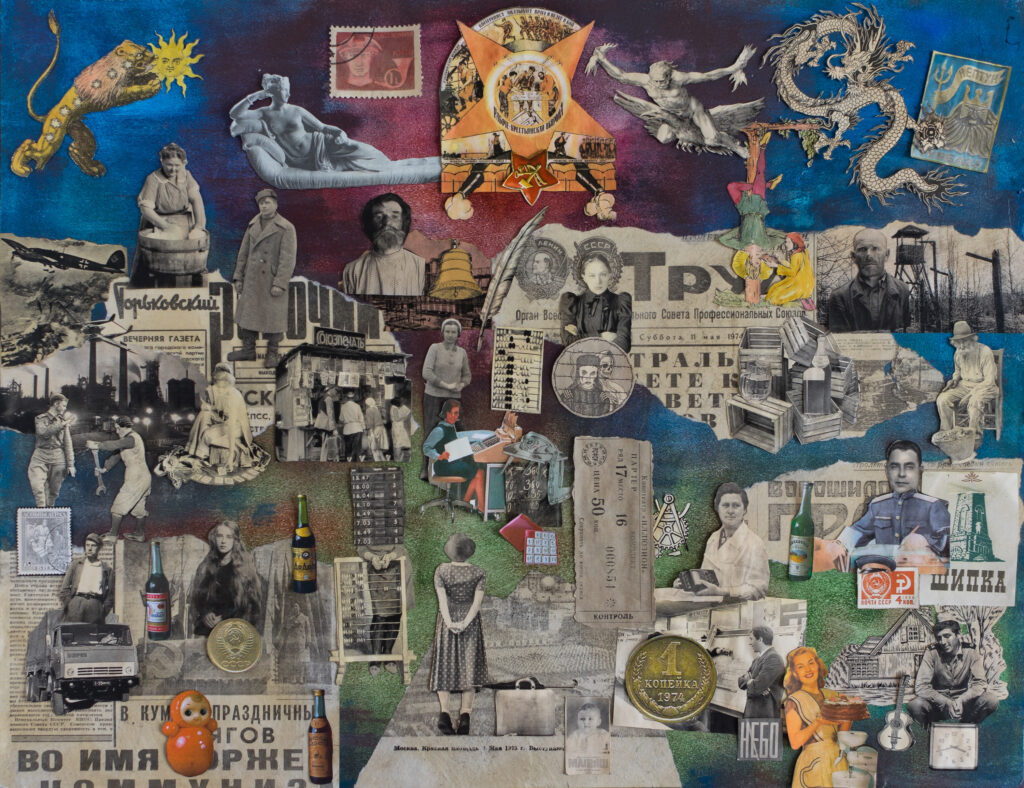
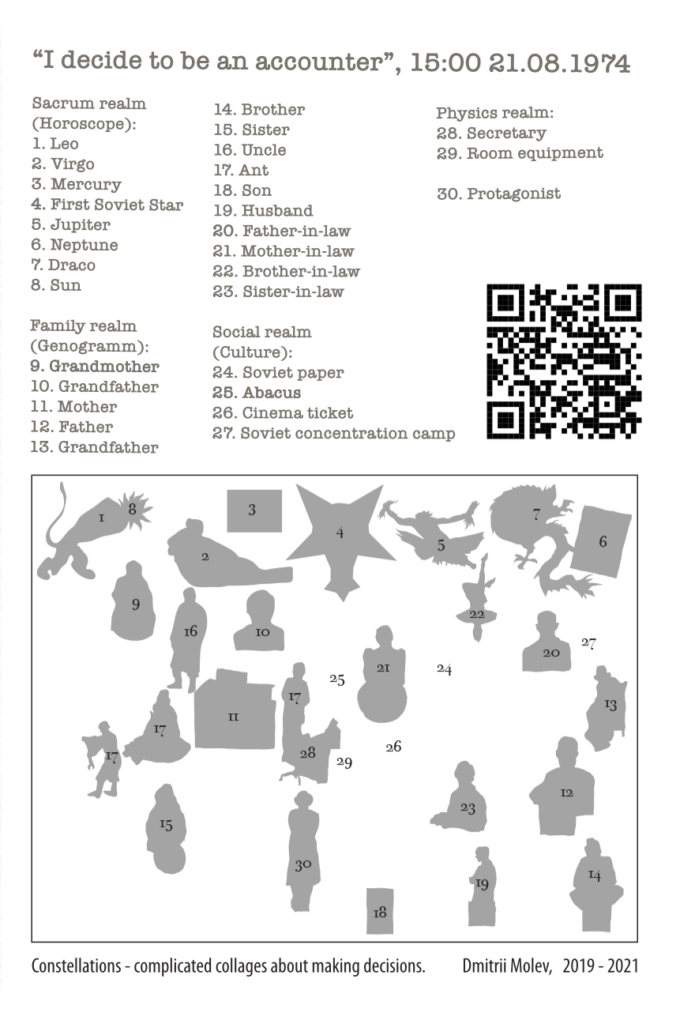
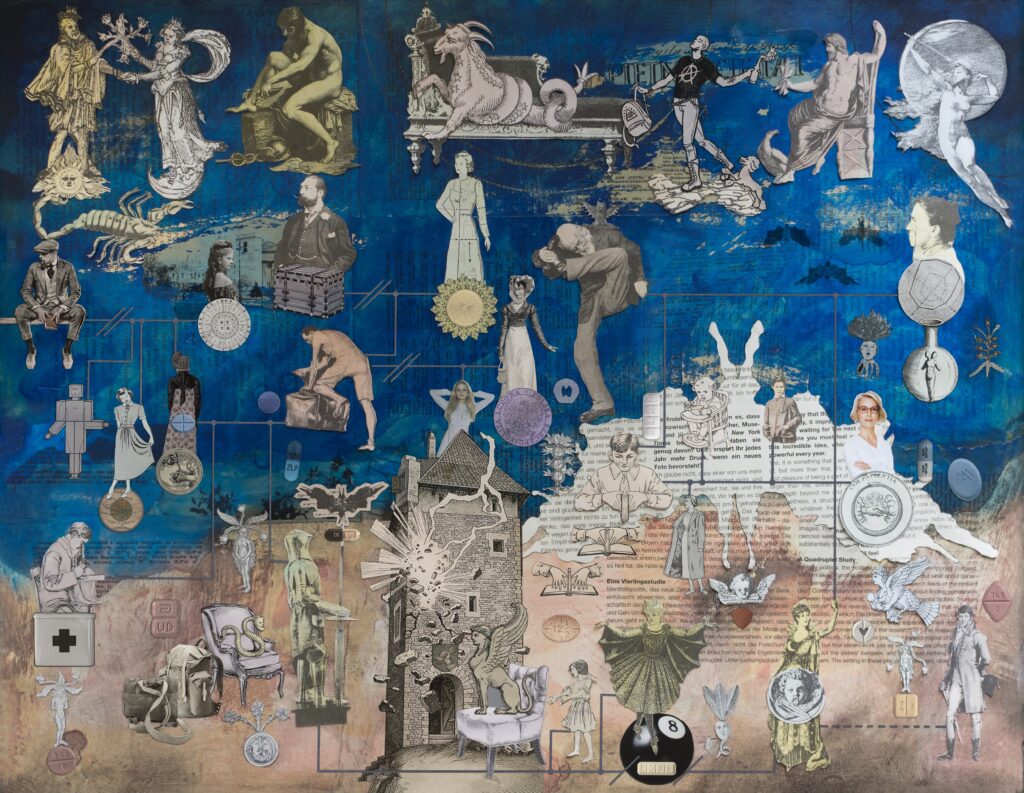
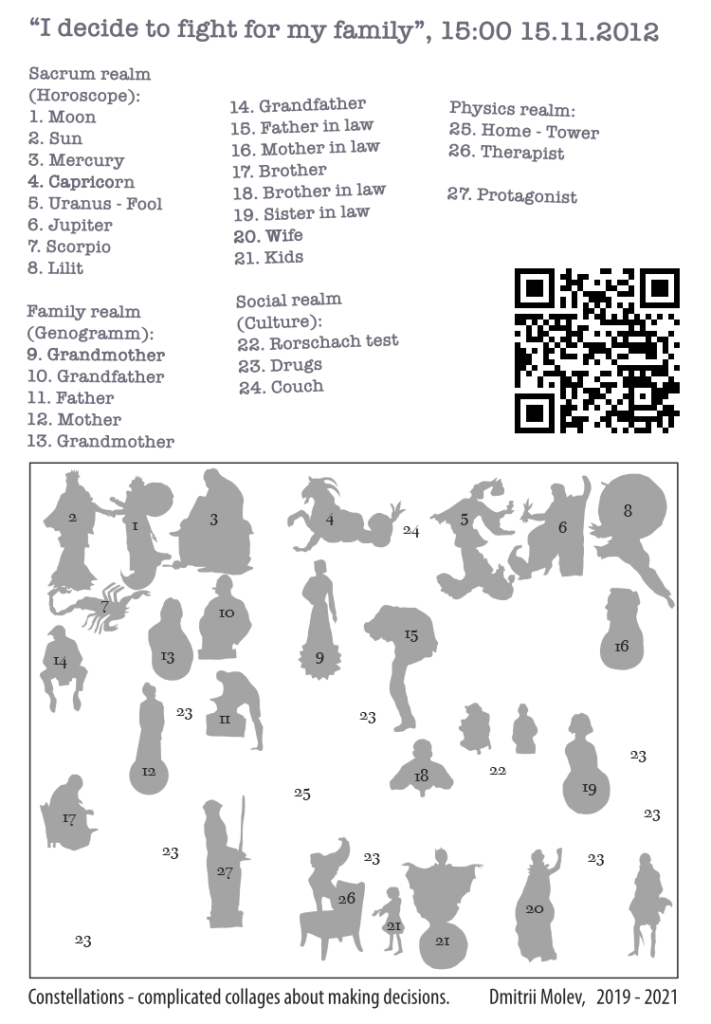
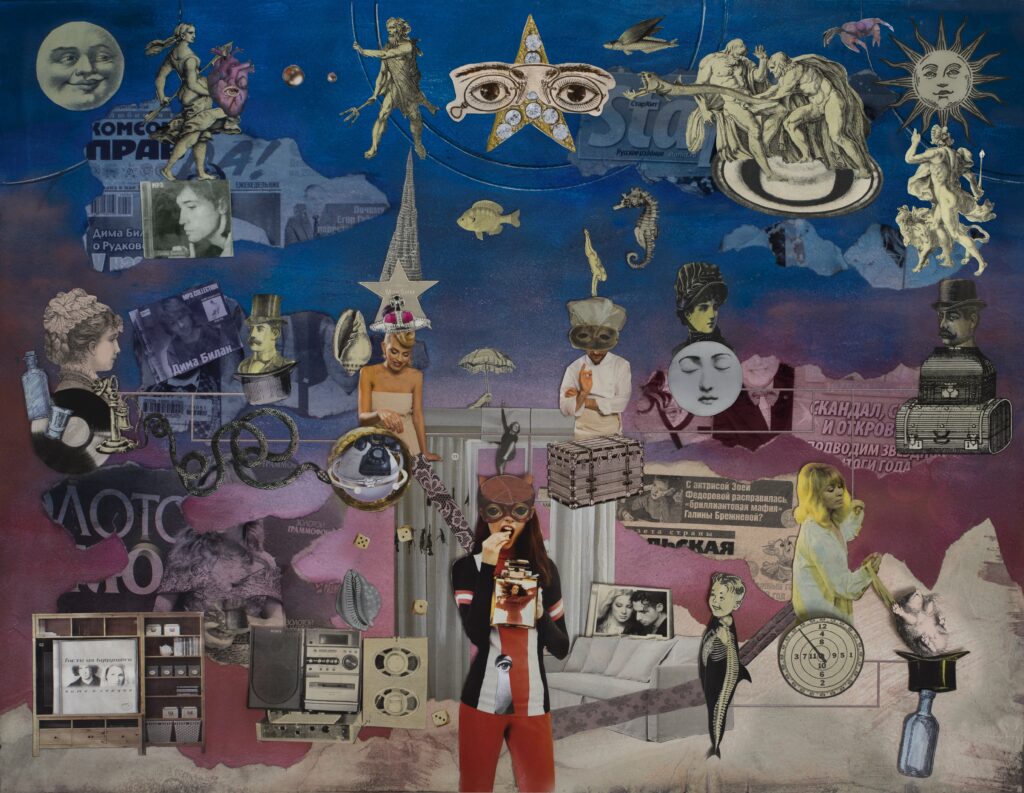
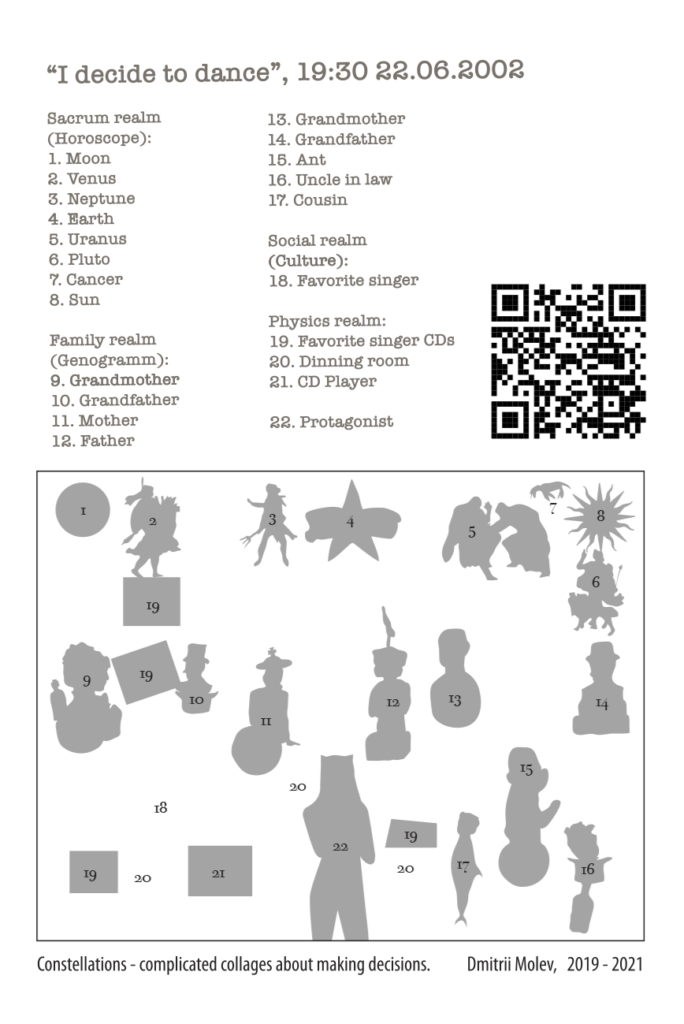
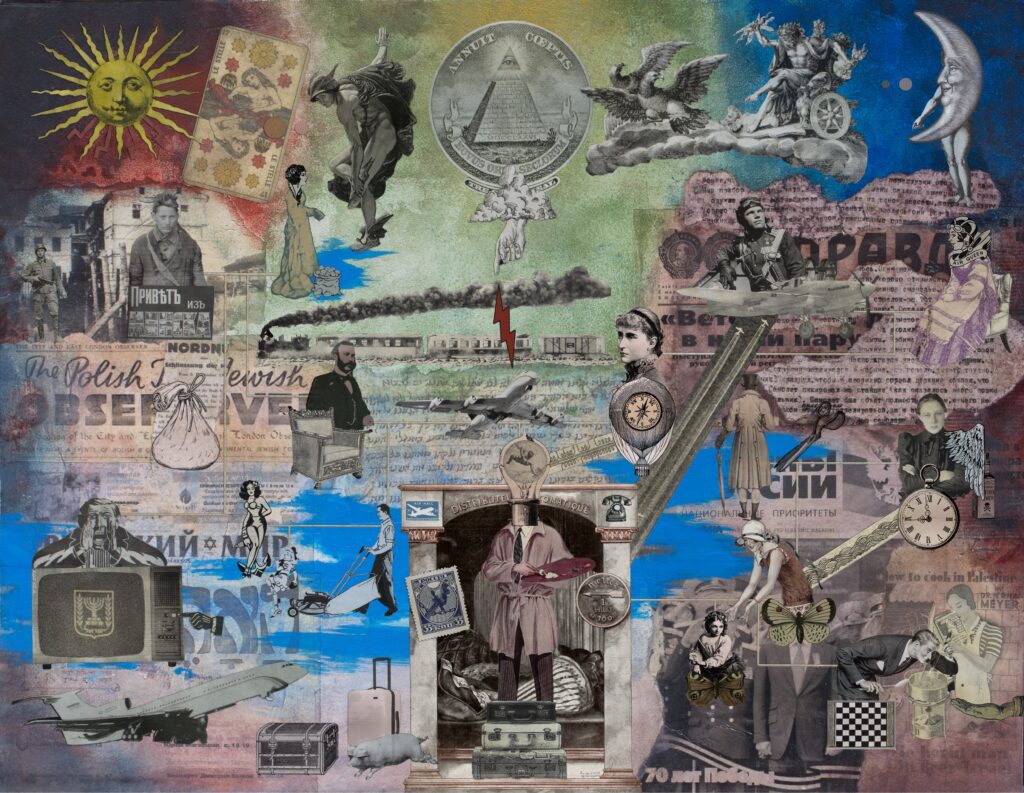
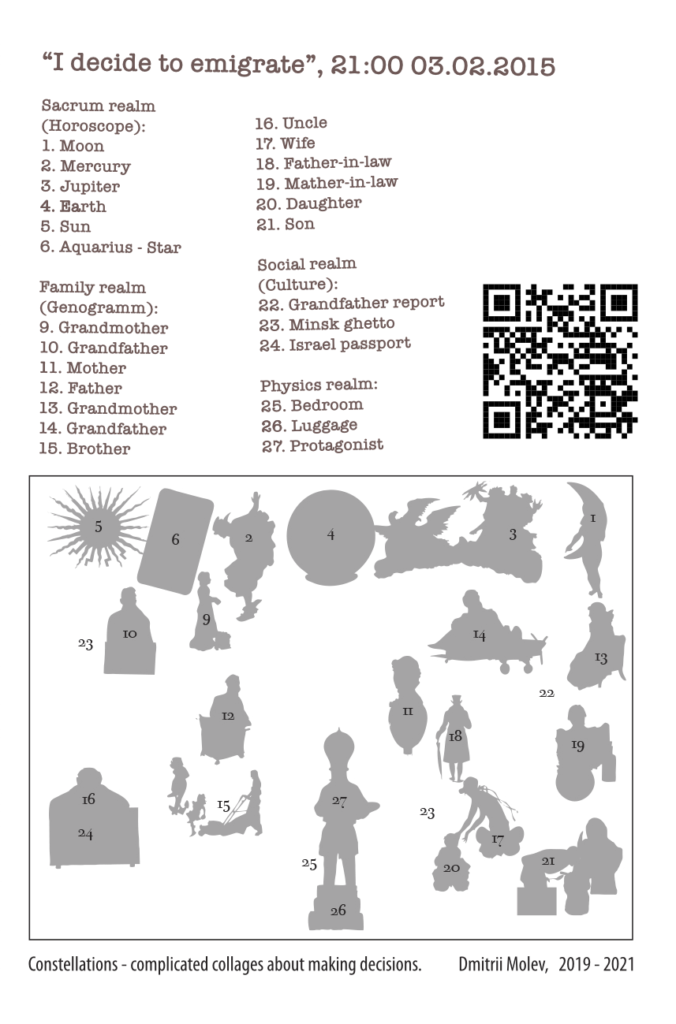
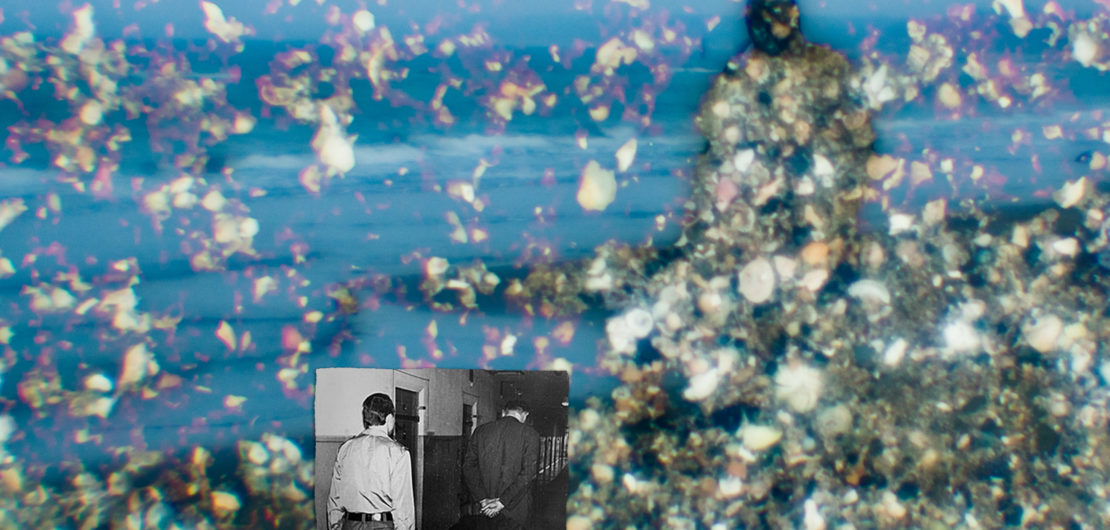
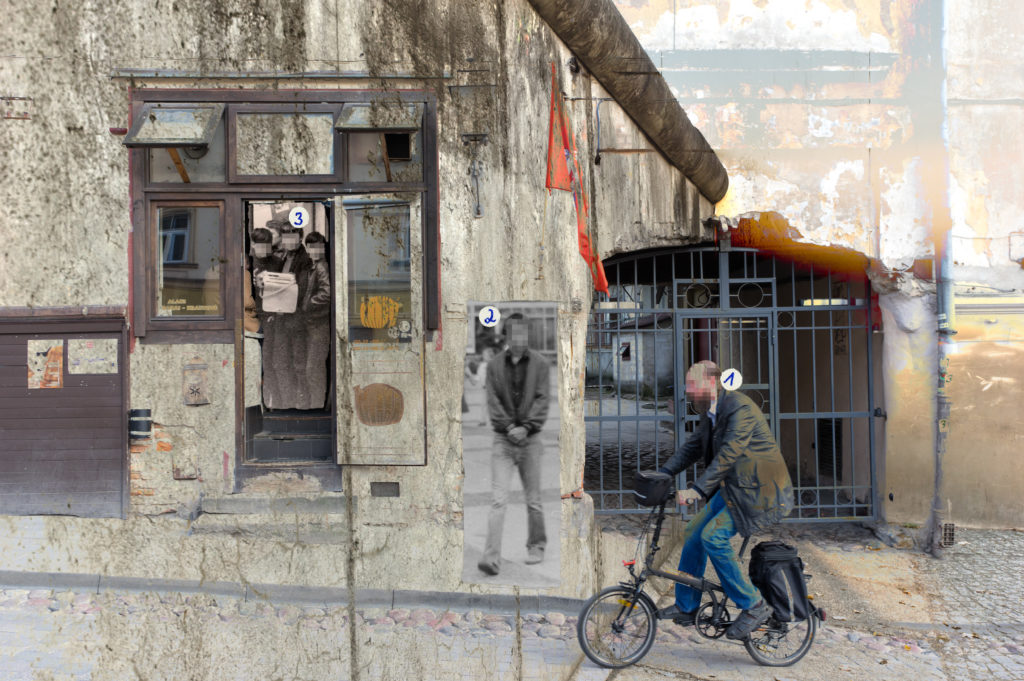
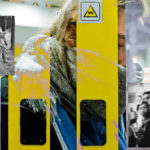
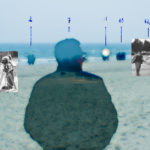
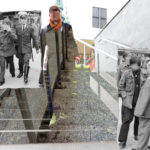
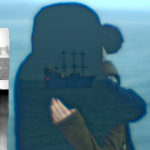
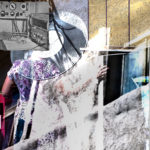
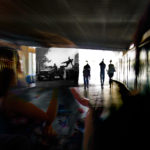

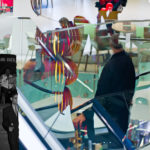
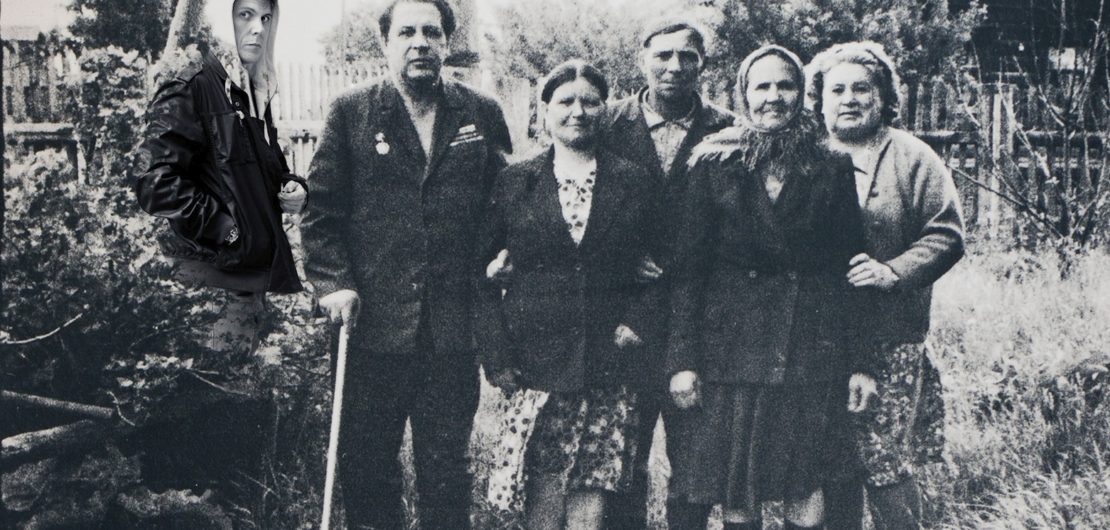
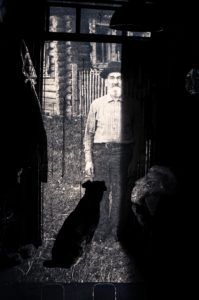 Rybalka (Fishing) is catching images from the past, intellectual game with intervention in passed times.
Rybalka (Fishing) is catching images from the past, intellectual game with intervention in passed times.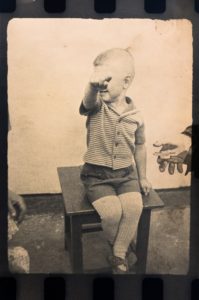 2. Comparison in the diptych – the emergence of a new relationship between the images.
2. Comparison in the diptych – the emergence of a new relationship between the images.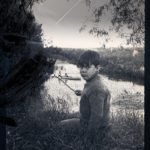
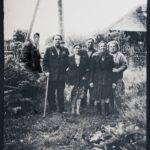
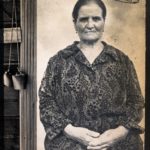
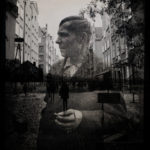
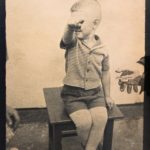
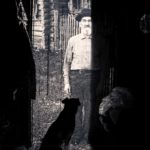
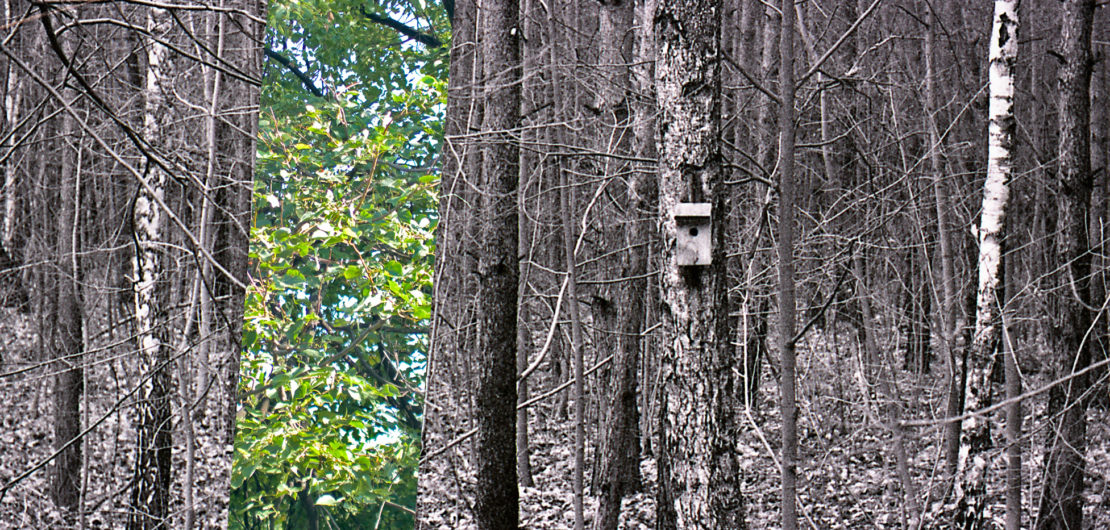
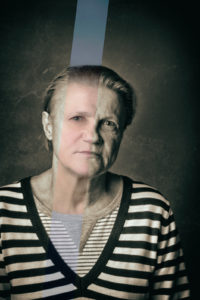 When a person has some trauma in the same time this person has something like a mystic line that crossed his life. There is the section marked by a red thread, the border between the rationality and the dark side of the mind. There is the tape of the will and wholeness, that connects past and future – now and here, the line separates our knowledge and hidden piece of our identity. There is a glue, that binds our world, conscience, and existence, the passage of time. Only „now” moment is colorful, a live element of the universe, only “now” has the power, energy, motion, and saturation. “Before” and “After” does not exist.
When a person has some trauma in the same time this person has something like a mystic line that crossed his life. There is the section marked by a red thread, the border between the rationality and the dark side of the mind. There is the tape of the will and wholeness, that connects past and future – now and here, the line separates our knowledge and hidden piece of our identity. There is a glue, that binds our world, conscience, and existence, the passage of time. Only „now” moment is colorful, a live element of the universe, only “now” has the power, energy, motion, and saturation. “Before” and “After” does not exist.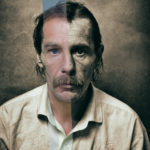
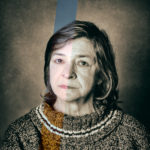
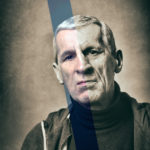
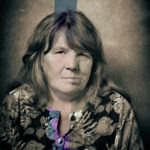
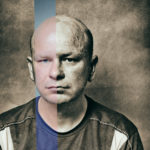
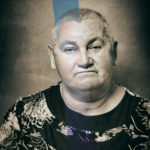
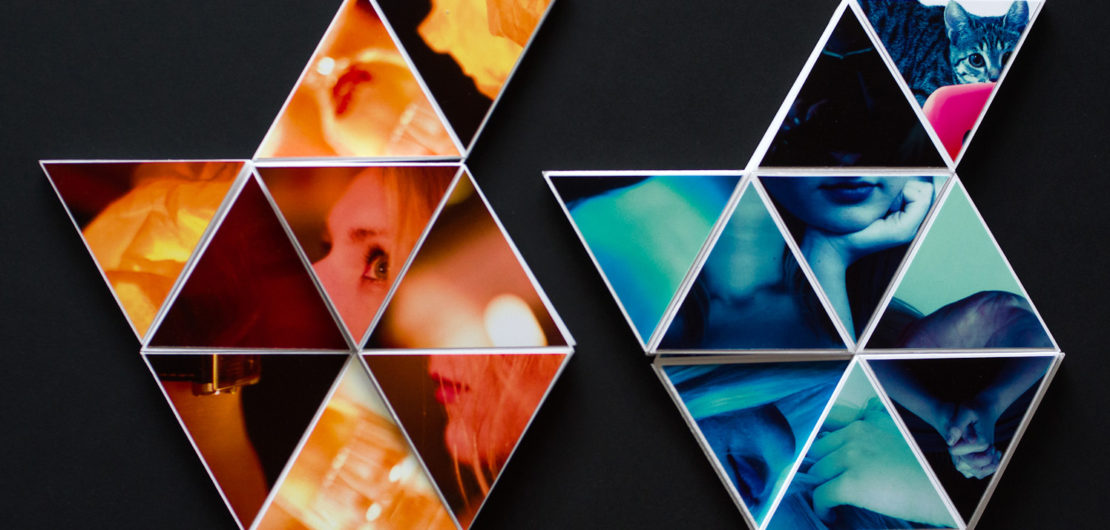
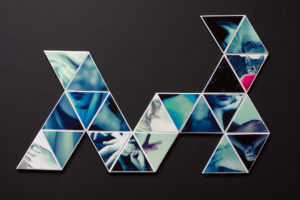
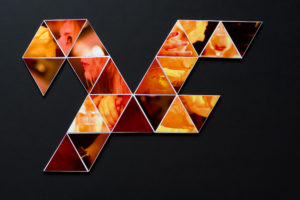
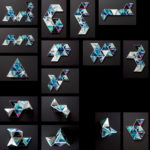
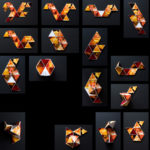
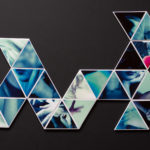
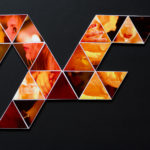
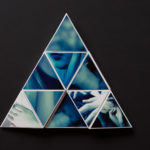

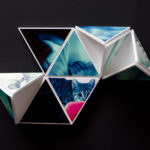
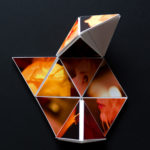
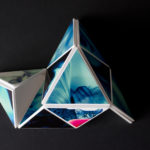
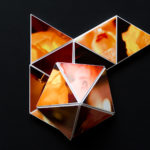

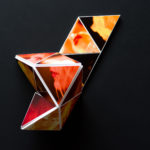

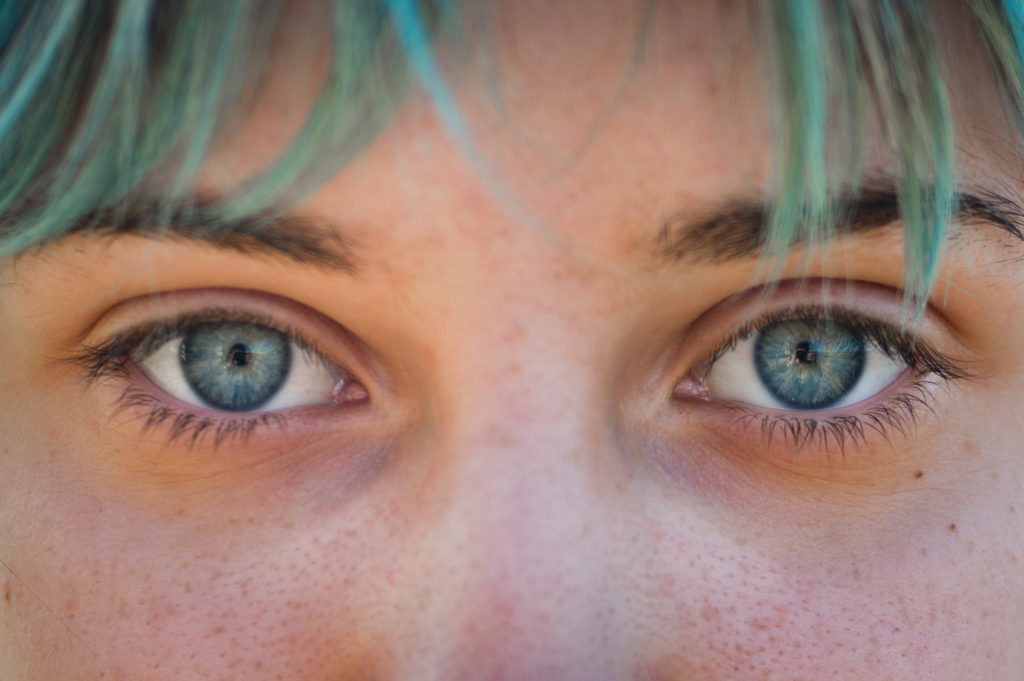

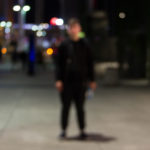
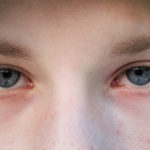

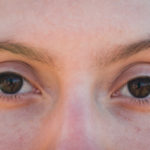
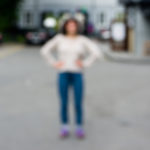
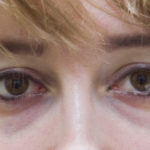
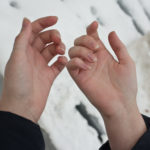
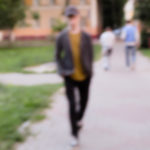



You must be logged in to post a comment.